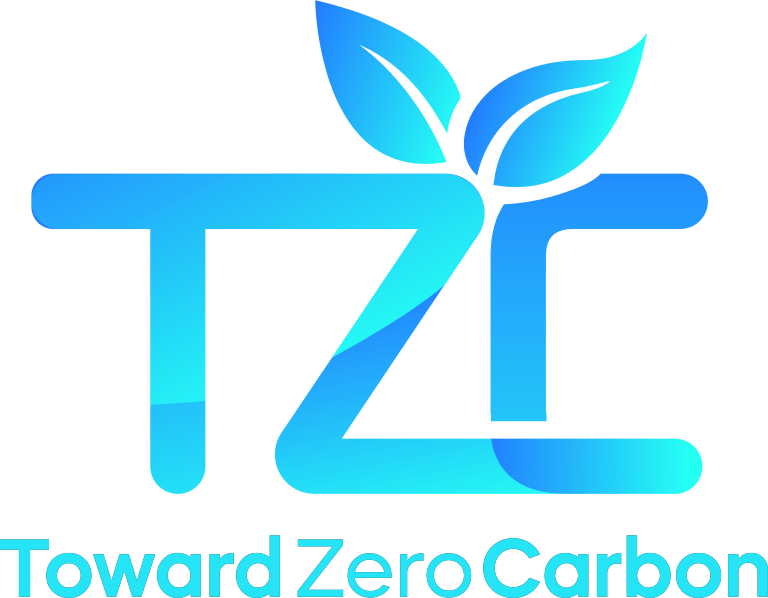Transparent LCA-based environmental impact reports are rapidly becoming a requirement for product specification by architects and designers.
An Environmental Product Declaration (EPD) effectively communicates the impact that the materials and processes used throughout a products lifecycle has on the environment. This includes the entire lifecycle, enabling consumers to conduct an evaluation of alternative products based on environmental performance across suppliers.
Developing and verifying EPD’s for your products has the potential to earn your product range credits for LEED, BREEAM and other green building rating systems. Verification requires preparation in accordance with the relevant Product Category Rules (PCR) for your products. Compliance with a range of international standards is also required, including ISO 14044, ISO 14025, and ISO 21930.
Our in-house life cycle assessment (LCA) team is experienced in managing every aspect of the EPD process. Our collaborative approach to developing your EPD’s ensures a smooth, efficient LCA and an accurate EPD.
Our LCA and EPD team offer two services:
- LCA and EPD Development. TZC conducts the LCA and prepares the EPD report based on the appropriate PCR. We then work with an external third-party to independently verify the EPD before publishing the verified EPD with your preferred programme operator.
- EPD Verification. If you already have completed an LCA, TZC can critically review the LCA and provide a template for the EPD. We then work with an external third-party to independently verify the EPD before publishing the verified EPD with your preferred programme operator.
